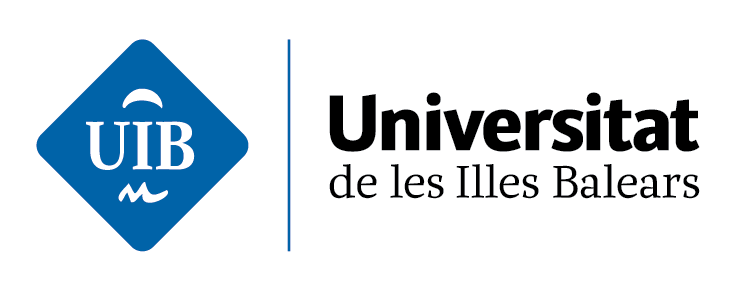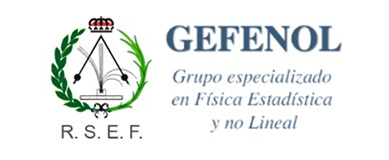Collective phenomena in neuronal networks: experiments, theoretical modelling and simulations
by Jaume Casademunt* and Jordi Soriano†
* Dept. Estructura i Constituents de la Matèria, Facultat de Física, Universitat de Barcelona.
Av. Diagonal 647, 08028-Barcelona, Spain
†Dept. Física de la Matèria Condensada, UB Insitute of Complex Systems, Facultat de Física, Universitat de Barcelona.
Martí i Franquès 1, 08028-Barcelona, Spain
The course is structured as follows:
In a first lecture we will expose current challenges in neuroscience to emphasize its interdisciplinary nature and the importance of physical modelling.Next, simple experimental preparations in the form of neuronal cultures will be introduced, highlighting their relevance as versatile model systems for both physics and neuroscience.
In a second lecture, and with key experimental concepts as background, we will present different physical models and approaches to describe the dynamics of a single neuron, from the Hodgkin-Huxley model to reduced and more phenomenological integrate-and-fire models.
In a third lecture we will address collective phenomena in neuronal networks, with focus on spontaneous activity and noise-driven dynamics in the context of neuronal cultures. We will address both the statistics of avalanches and a coarse-grained approach to neuronal tissue activity.
In the fourth and fifth lectures we will cover network theory and information theory aspects to deepen in the description of neuronal networks. We will treat the inference of structural connectivity from dynamics, the relation between functional and structural connectivity, and the resilience of neuronal circuits to damage.
As a concluding remark, we will discuss how the combination of experiments and modeling tools are helping to understand and develop therapies for neurological disorders such as Parkinson, Huntington and Alzheimer.



